SOURCE: RAUNAK KUNDE / NEWS BEAT / IDRW.ORG
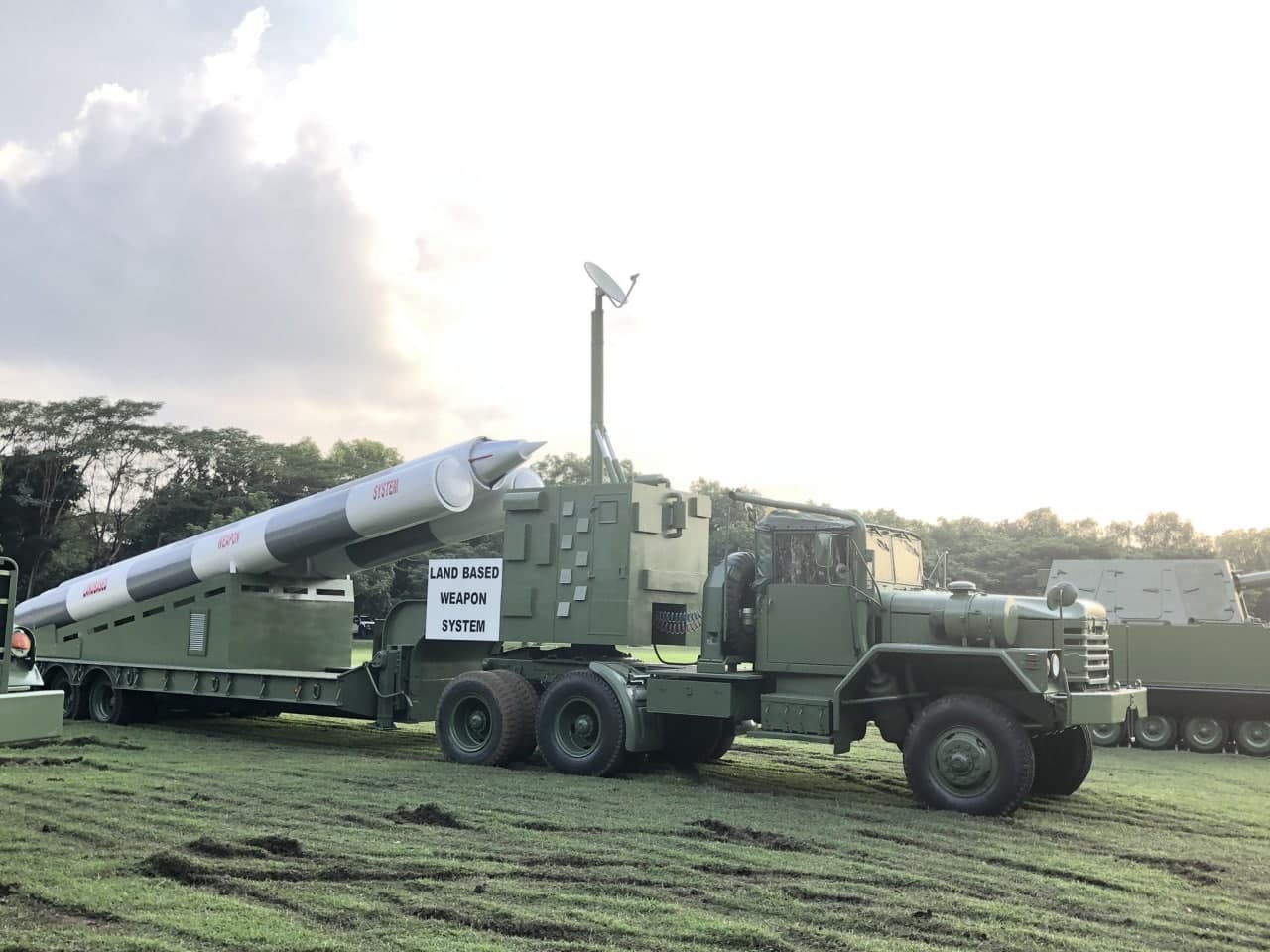

The Philippine Armed Forces (AFP) is set to receive a significant boost in its capabilities with the imminent arrival of the BrahMos supersonic missile system, according to local media reports, BrahMos shipment will arrive today (19/04/2024) from IAF Transporter Aircraft. This acquisition marks a major milestone in the modernization efforts of the AFP, particularly in the face of ongoing tensions in the West Philippine Sea.
The BrahMos missile system was first ordered in 2021, is expected to be shipped by the end of March 2024, as confirmed by India’s Defence Research and Development Organisation (DRDO). The Philippine Marine Corps (PMC) will take the lead in operating the BrahMos Shore-Based Anti-Ship Missile (SBASM) system, with the Philippine Navy planning to acquire its own BrahMos system in a separate deal.
Continue readingSOURCE: RAUNAK KUNDE / NEWS BEAT / IDRW.ORG


In a move to strengthen Indian ground forces amidst border tensions with China, US Defense Secretary Lloyd Austin recently announced a collaborative effort with India to develop Stryker armored vehicles.
The program reportedly focuses on the Stryker M-SHORAD (Maneuver Short-Range Air Defense) variant. This highly mobile air defense system, equipped for neutralizing low-altitude aerial threats, will be built on a new Stryker A1 chassis jointly developed by both nations.
Continue readingSOURCE: RAUNAK KUNDE / NEWS BEAT / IDRW.ORG
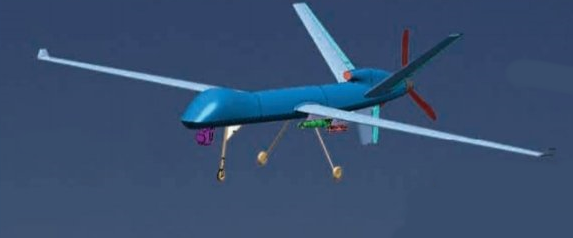

The Indian Ministry of Defence’s (MoD) plan to develop a High-Altitude Long-Endurance (HALE) UAV program through the Special Purpose Vehicle (SPV) model seems to be hitting a roadblock. This initiative, intended to leverage private sector expertise for indigenous military equipment development, is facing an unexpected hurdle – a preference for foreign collaboration among some potential Indian participants.
The MoD’s push for private involvement comes after the setbacks faced by the previous Tapas program led by DRDO’s ADE (Aeronautical Development Establishment). Delays and technical shortcomings plagued Tapas, prompting the MoD to seek a new approach. The SPV model was envisioned as a way to leverage private sector expertise and expedite the HALE UAV program.
Continue readingSOURCE: RAUNAK KUNDE / NEWS BEAT / IDRW.ORG
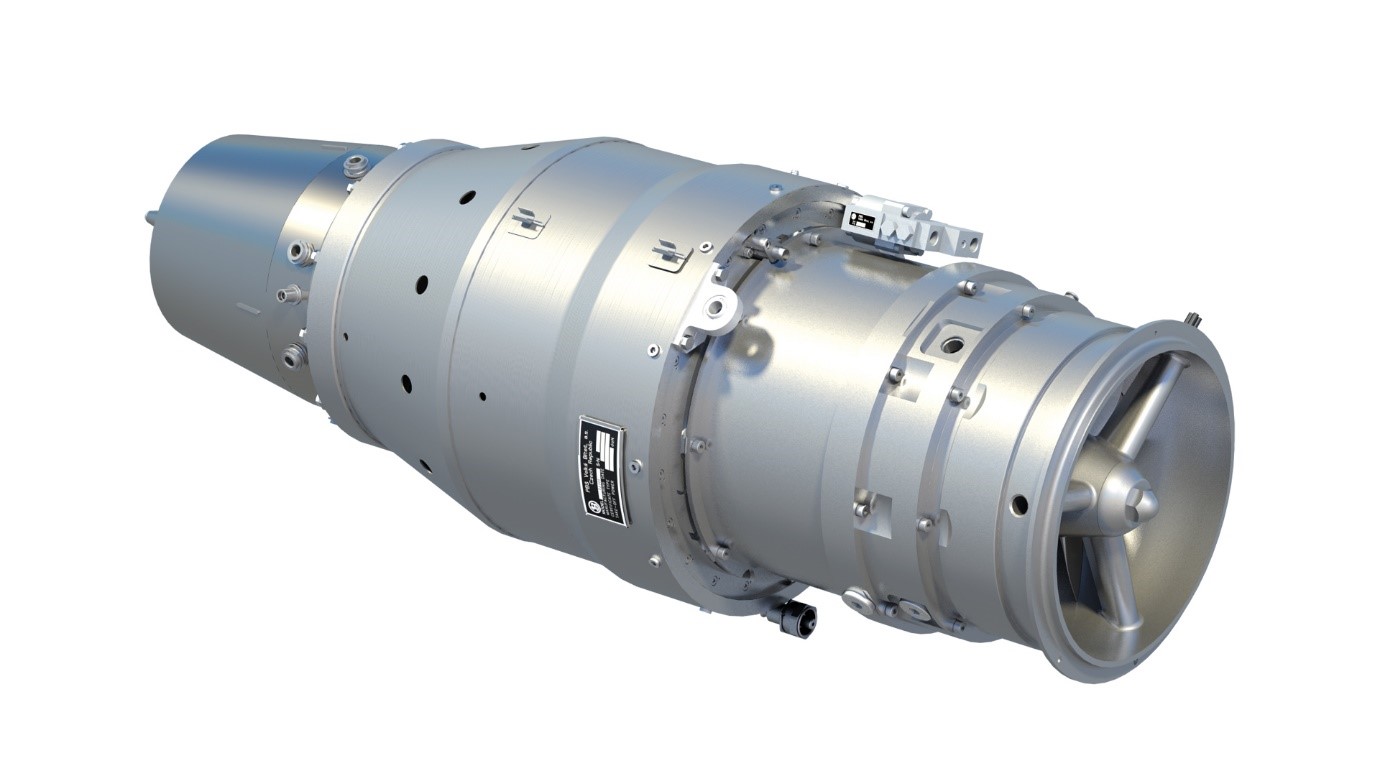

India’s Defense Research and Development Organization (DRDO) is making strides in aerial warfare with the development of a new turbojet-powered loitering munition. This unmanned aerial vehicle (UAV), essentially a flying bomb, boasts impressive capabilities designed to enhance the Indian military’s offensive edge.
With a range exceeding 100 kilometers, the drone can hit targets well beyond the immediate battlefield, offering strategic flexibility. Designed to function effectively day and night, even in harsh weather conditions, the drone ensures mission readiness in diverse scenarios.
Continue readingSOURCE: RAUNAK KUNDE / NEWS BEAT / IDRW.ORG


French defence giant Naval Group has unveiled a compelling proposition for the Indian Navy’s upcoming Scorpene-class submarines. Their proposal centres on lithium-ion (Li-ion) battery technology, offering significant operational advantages over the conventionally used lead-acid batteries.
This collaboration leverages established expertise. Mazagon Dock Limited (MDL), having already constructed six Scorpène-class submarines for the Indian Navy (known as the Kalvari-class), will serve as the local partner for building these next-generation vessels.
Continue readingSOURCE: RAUNAK KUNDE / NEWS BEAT / IDRW.ORG


Greece has extended an offer to India to acquire its fleet of French-made Mirage 2000-5 fighter jets. This offer comes amidst a significant modernization effort for the Hellenic Air Force, which recently placed orders for both Rafale and F-35 jets.
General Dimitrios Houpis, Chief of the General Staff of the Defense Forces for Greece, visited India this month and presented the offer as per people familiar with matter told idrw.org. Greece in 2000 purchased 15 Mirage 2000-5s from Dassault Aviation, including five two-seat 2000-5BG trainers and ten single-seat 2000-5EG fighters.
Continue readingSOURCE: RAUNAK KUNDE / NEWS BEAT / IDRW.ORG
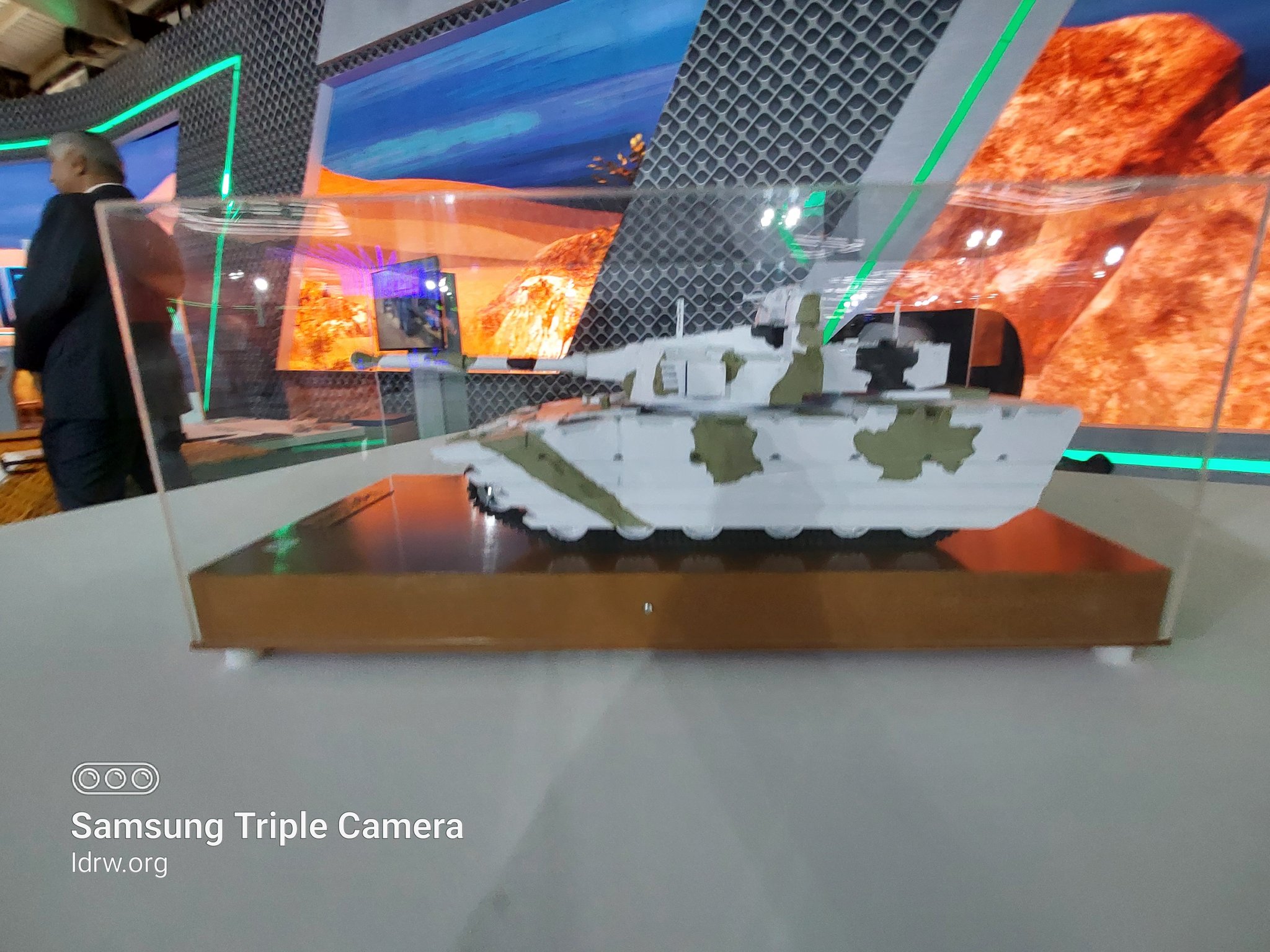

The Defence Research and Development Organisation (DRDO) has announced significant progress on its Light Tank project, codenamed Zorawar. Dr. Samir V Kamat, Secretary of Department of Defence R&D and Chairman of DRDO, confirmed that the tank is currently undergoing rigorous internal testing at Larsen & Toubro’s (L&T) Hazira facility.
Designed for rapid deployment in challenging terrains, the Zorawar prioritizes mobility. It achieves this through a combination of strategic air transportability, extended cruising range, and exceptional maneuverability with low ground pressure. This allows the tank to be swiftly operational in even the most remote locations.
Continue readingSOURCE: RAUNAK KUNDE / NEWS BEAT / IDRW.ORG


French defence giant Naval Group has entered the fray for a major Indian Navy contract, offering its M940 Oostende mine countermeasures vessel (MCMV) in partnership with an undisclosed Indian shipyard. This move comes in response to a Request for Information (RFI) issued by the Indian Navy last year to bolster its mine-warfare capabilities with the acquisition of 12 MCMVs built in Indian shipyards.
The Indian Navy’s latest attempt to procure MCMVs follows at least three previous unsuccessful endeavours. This renewed push underscores the critical need to modernize the Navy’s mine-countermeasure fleet to effectively safeguard India’s vast coastline.
Continue readingSOURCE: RAUNAK KUNDE / NEWS BEAT / IDRW.ORG
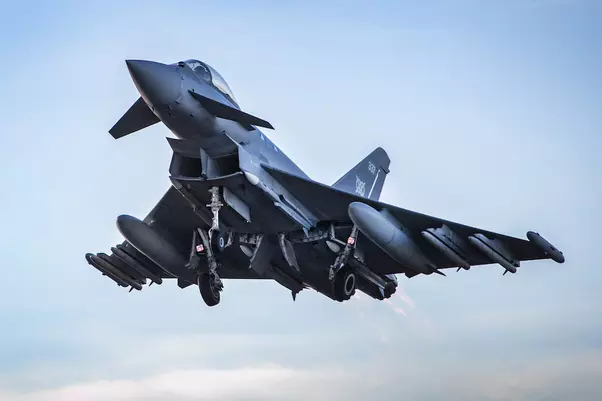

Airbus is throwing its hat in the ring for India’s massive Medium Multi-Role Fighter Aircraft (MRFA) tender, offering its latest iteration of the Eurofighter Typhoon. This Tranche 5 variant promises a significant leap in capability, aiming to secure a place among the 114 jets India seeks to acquire.
The Block 5 Eurofighter boasts a suite of advanced features, including the E-Scan active electronically scanned array (AESA) radar. This powerful sensor provides superior situational awareness and target tracking, crucial for modern air combat. Additionally, the Eurofighter benefits from enhanced defensive aids and a human-machine interface (HMI) designed for optimal pilot performance.
Continue readingSOURCE: RAUNAK KUNDE / NEWS BEAT / IDRW.ORG


India’s Defence Research and Development Organisation (DRDO) has received the green light to develop a critical component for a new long-range, air-launched weapon a Low Observable Air-Launched Cruise Missile (LOALCM). This project signifies a significant advancement in India’s air attack capabilities.
DRDO will develop a cutting-edge Low Observable (LO) Active Electronically Scanned Array (AESA) seeker. This advanced technology incorporates special materials and shaping to minimize radar signature, making the missile significantly harder for enemy radars to detect. This enhanced stealth capability allows the missile to penetrate enemy defence more effectively and strike high-value targets with greater precision.
Continue readingSOURCE: RAUNAK KUNDE / NEWS BEAT / IDRW.ORG
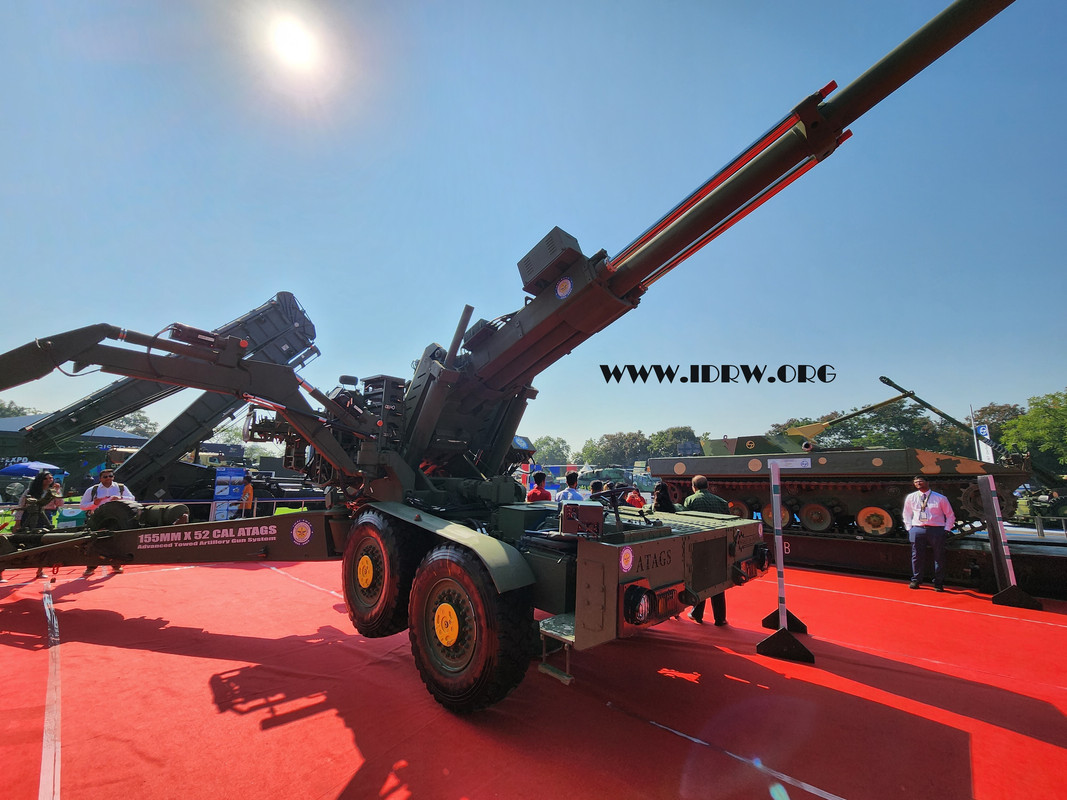

Bharat Forge chairman Baba Kalyani has shed light on some of the advanced technologies incorporated into the Advanced Towed Artillery Gun System (ATAGS) a 155 mm/52 calibre towed howitzer being developed for the Indian Army. These advancements position the ATAGS as a formidable weapon system at the forefront of artillery innovation.
One of the significant improvements attributed to AI involves a reduction in the ATAGS’s turning circle. This is achieved by employing AI techniques that utilize two Linear Variable Differential Transformers (LVDTs) arranged in a triangular configuration connected to the towing vehicle. The AI system likely processes data from these sensors to optimize the gun’s positioning and minimize the space required for maneuvering during deployment.
Continue readingSOURCE: RAUNAK KUNDE / NEWS BEAT / IDRW.ORG


Bharat Forge, led by Chairman and Managing Director Baba Kalyani, has taken a significant step forward in artillery innovation with the development of a 155mm 39 calibre truck-mounted gun system. This news comes alongside the revelation that the company is already working on an even more powerful variant – a 155mm 45 calibre truck-mounted gun system.
The 39 calibre system boasts a 4×4 wheeled truck platform, offering high mobility and adaptability for various terrains. This design has already proven its worth, securing a substantial 72-unit order from Armenia. The Indian Army has also shown interest, in conducting trials to assess its performance in diverse Indian landscapes.
Continue readingSOURCE: RAUNAK KUNDE / NEWS BEAT / IDRW.ORG
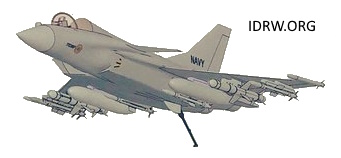

In a recent media interaction, Vice Admiral Satish Namdeo Ghormade, the serving Vice Chief of Naval Staff (VCNS), provided insights into the development of the Twin Engine Deck Based Fighter (TEDBF) program for the Indian Navy.
Admiral Ghormade assured that the TEDBF program is progressing as per a carefully crafted plan, considering the available resources. The first test flight is anticipated within the next 3-4 years.
Continue readingSOURCE: RAUNAK KUNDE / NEWS BEAT / IDRW.ORG


The Indian Embassy in Cairo is actively promoting Indian-made defence equipment, with a particular focus on the Akash air defence system, according to sources familiar with the program. Discussions are reportedly underway between India and Egypt regarding the potential sale and local production of Akash missiles.
Egypt boasts one of the most robust and well-organized air defence systems in the Middle East. However, a significant portion of its arsenal consists of ageing Soviet-era technology, including MIM-23 Improved Hawk missiles,2K12 Kub (SA-6 Gainful) systems, Indigenously produced Tayer el-Sabah (SA-2 Guideline) missiles, Upgraded S-125 Pechora-M (SA-3) systems.
Continue readingSOURCE: RAUNAK KUNDE / NEWS BEAT / IDRW.ORG
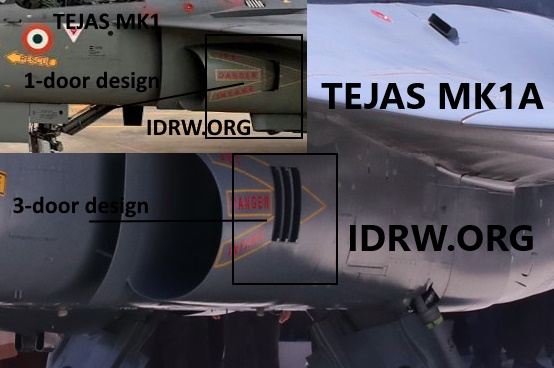

The Light Combat Aircraft (LCA) Tejas program recently unveiled the Mk1A variant sporting a significant upgrade to its air intake system.
The most noticeable change in the Mk1A lies in its Auxiliary Air Intake Doors (AAID). Earlier versions, the Mk1, featured a single-door design. The Mk1A adopts a novel 3-door configuration, marking a significant shift in approach. The impetus for this change stemmed from extensive performance studies focused on a newly proposed 3-door auxiliary intake. These studies aimed to achieve two crucial objectives of the Enhanced Low-Speed Performance to improve pressure recovery at low speeds, a factor crucial for optimal engine performance during takeoff and landing.
Continue reading